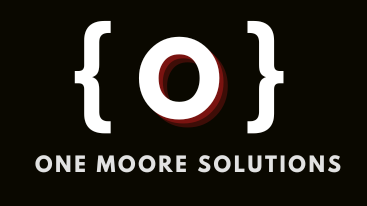Problem: You’ve decided to self-host your WordPress site, but you’re not sure of how to do your own maintenance for your new site.
The following is a list of things that you need to do to properly care your WordPress Site. Some of these things should be done daily, and others don’t need to be done as often.
- Uptime. Visit your site to make sure everything is working.
- Backup. Do a daily offsite backup of the WordPress files and database. This can be automated by using a plugin, but some hosting providers like FlyWheel perform daily backups of your site, so you don’t have to do it manually.
- Comment moderation. Approve any comments in your queue, and check your spam list valid comments. If you get a lot of comments, you should do this daily.
- Updates. Update WordPress along with your plugins and themes if new versions are available. FlyWheel performs updates automatically for all clients, to make sure they have the latest version.
- Malware scan. Scan for any infected files or malware. Again, your host can be of extra help here if they perform automated daily malware scans like FlyWheel does.
- Inspect your site Visually inspect your website and check for problems with layout or formatting. Check in different web browsers. Also, check your website from a mobile device to make sure it looks good and is responsive.
- Analytics. Log into Google Analytics and review trends and referrals.
- Change passwords. Change your password, and have other users change theirs too. Don’t make it easy for hackers—use a strong password.
- Minimize admin users. Delete unnecessary admin users (and delete the default admin username). Hacked admin accounts can do the most damage to your site, so minimize the number.
- Delete unused plugins and themes. Deactivate and delete all unnecessary plugins and themes, though never remove the latest default WordPress theme. Unnecessary plugins increase your website’s overhead and the risk of vulnerabilities.
- Delete unnecessary files Website clutter can hide vulnerabilities. Check for unnecessary files in your wp-content folder and browse through your Media Library to remove any images, videos and audio files you no longer require.
- Fix dead links. You don’t want your visitors receiving a “Page Not Found” error when clicking on a link. Find any dead links by using a link checking tools like Broken Link Checker or Link Checker.
- Verify your contact form. Send yourself a message using your website’s contact form, and make sure you get it.
- Optimize your database. Delete any draft posts you’ll never finish, and empty your comment spam. Then optimize your database by using ManageWP.
- Speed audit. Run a performance test by using ManageWP to see how fast your site loads. If it takes more than five seconds, consider implementing caching and other measures to speed up your site. Slow sites lose visitors and search rankings.
- Review your About page. Check your About page for anything that needs to be updated: your contact details, profile picture, mission statement, testimonials.
- Review your theme and plugins. Check for new plugins that outperform those you’re currently using. Check for new themes that appeal to you and are suitable for your needs.
